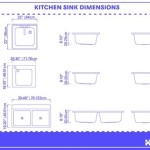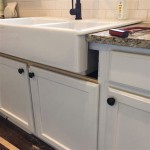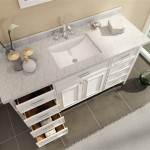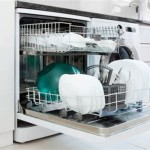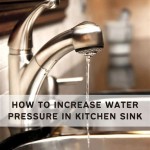1 1 2 Sink Drain Pipe
A 1 1 2 sink drain pipe is a crucial plumbing component that facilitates the flow of wastewater from sinks, bathroom fixtures, and other household appliances. Understanding the purpose, types, and installation process of this essential pipe is vital for maintaining a functional plumbing system.
Purpose of a 1 1 2 Sink Drain Pipe
The primary function of a 1 1 2 sink drain pipe is to transport wastewater from sinks, bathroom fixtures, and other appliances to the main drain line. It connects the drain opening of the fixture to the drain pipe under the sink, creating a pathway for the smooth flow of wastewater.
Types of 1 1 2 Sink Drain Pipes
There are two main types of 1 1 2 sink drain pipes:
- PVC (Polyvinyl Chloride): PVC pipes are the most commonly used type of drain pipes due to their durability, resistance to corrosion, and ease of installation. They are lightweight and come in various lengths and diameters.
- ABS (Acrylonitrile Butadiene Styrene): ABS pipes are similar to PVC pipes in terms of durability and corrosion resistance, but they are slightly more flexible, making them easier to bend around corners or fit into tight spaces.
Installation of a 1 1 2 Sink Drain Pipe
Installing a 1 1 2 sink drain pipe requires basic plumbing skills and the following materials:
- 1 1 2 sink drain pipe
- Sink drain assembly
- Pipe cutter
- Primer and cement
- Adjustable wrench
- Pliers
The installation process involves the following steps:
- Measure and cut the sink drain pipe to the desired length.
- Apply primer to the ends of the pipe and the drain assembly.
- Apply cement to the primed surfaces and quickly insert the pipe into the drain assembly.
- Tighten the connection using an adjustable wrench.
- Connect the other end of the pipe to the drain pipe under the sink using a slip joint or compression fitting.
- Secure the connection with pliers to prevent leaks.
Troubleshooting Common Issues
If a 1 1 2 sink drain pipe is not installed or maintained properly, it can lead to various issues, including:
- Clogs: Accumulation of hair, soap scum, or other debris can block the drain pipe, causing slow drainage or complete blockage.
- Leaks: Improper installation or damage to the pipe can result in leaks under the sink or from the connection points.
- Rust: Metal drain pipes can corrode over time, leading to leaks and reduced performance.
To address these issues, it is recommended to regularly clean the drain pipe using a drain cleaner or by physically removing the blockage. If leaks occur, the affected section of the pipe should be replaced. In case of severe corrosion, it may be necessary to replace the entire drain pipe.

Oatey 1 2 In 90 Degree Plastic Double Slip Joint Sink Drain Elbow Pipe White Hdc9675 The Home

1 2 In Slip Joint P Trap White Danco

Traditional Sink Drain 1 2 P Trap Rejuvenation

Simple Drain 1 2 In White Rubber Threaded All One Kit For Double Basin Sink 3ea 1q2 Zc0 The Home

Cinsda Flexible Sink Drain Pipe 1 2 P Trap With Adapter Expandable Tubula

Vivida Flexible Sink Drain Pipe 1 2 Expandable P Trap 11 31 5 For Bathroom And Kitchen 4 Adapter Included Pack Yahoo Ping

Oatey 1 2 In X 8 4 Plastic Slip Joint Sink Drain Tailpiece With High Line Branch Hdc9818 The Home

Curovit Pvc Flexible Two In One Double Waste Pipe 1 4 For Kitchen Sink Heavy Duty Water Drain Hose Outlet Tube Connector At Best S India Jio

Snappytrap Snappy Trap Universal Drain Kit For Bathroom Sinks Black Adapts To 1 4 In 2 Sink Drains And Wall Pipes Dk 105 Lw At Com

Talea 1 2 White Polypropylene Expandable Flexible Universal Drain Pipe For Single Kitchen Sink Gn087c001 Lazada Singapore
